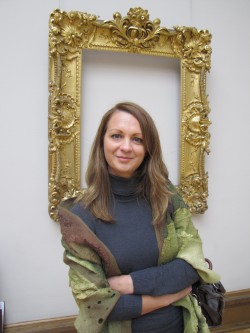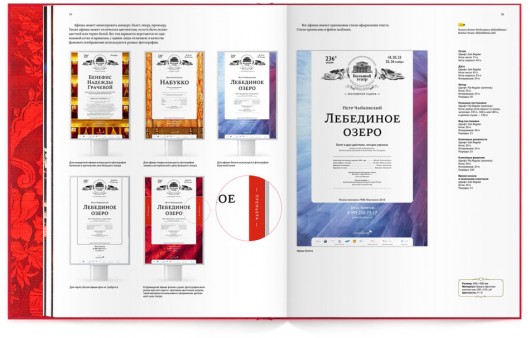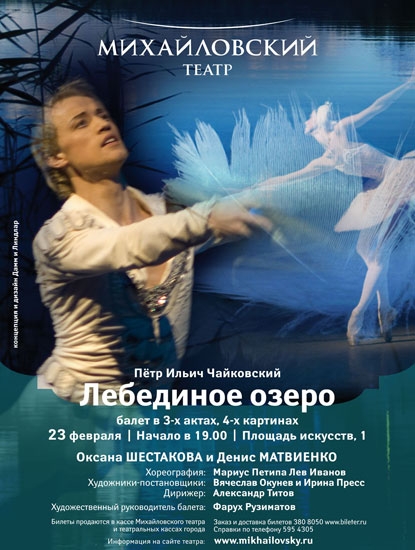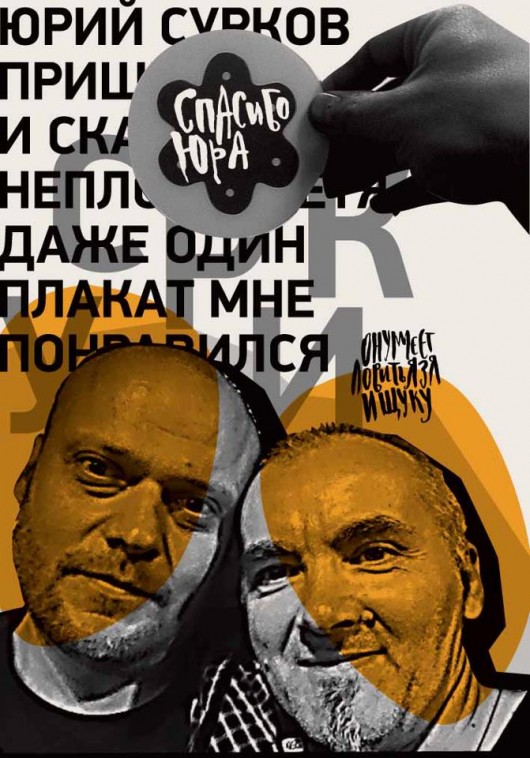
Q: In brief: What distinguishes Russian design?
To find out more about contemporary Russian, I have travelled there several times.
I interviewed people who were either designers themselves or had something to with design and I asked them exactly that question. I was often given very different answers.
However, they all agreed on one thing: Russia is at the beginning again, when it comes to design. In comparison to Germany (and Europe), Russian design is not as structured and pragmatic, and tends to be freer, colourful, lively, creative and surprising.
However, after the long years of Soviet rule – and, as such, the years of anonymous graphics – today’s design in Russia is well worth looking at.
A great deal is going on in Russia and the developments are tangible. At last we have a healthy competitive situation – the quality and expectations on the market are increasing. I can say this much – design in Russia is anything but boring!
Gain inspiration at TYPO and let yourself be surprised.

Taiyisa Lushenko: Bolshoi Ballet Branding
Q: Are there traditions it goes back to?
I would like to quote Sergei Serov – President of the large graphic design biennial “Golden Bee”. In an article, he said that “Russian design is based on the Russian avant-garde – but the Russians in particular do not use it any more in their work.
The aesthetics of the Stalin era put an end to the evolution of design in Russia. Avant-garde is the language of design.
Kasimir Malevich’s “The Black Square” is the foundation for this pattern on which all of the designers base their works. Now we use the Western avant-garde to learn our own origins from its example.”
Q: Can Russian design be considered a contemporary witness of the change in Russian politics and society?
When “Perestroika” came along, it was accompanied by a desire to express oneself visually on this subject.
All of a sudden, one was able to find “glasnost” not only expressed in the newspapers and magazines, but also visually displayed on posters.
This newly discovered option of being able to express oneself visually is something designers like to make use of.
This was perhaps a good alternative to being aggressively upfront in Russia.

Svetlana Landl: Poster Design
Q: How did the change from socialism to post-capitalism affect the design industry?
In the late 80s until the beginning of the 90s, the Russian advertising industry experienced its renaissance with the emergence of private property and private companies on the one hand and the emergence of real competition on the other. It was exactly at this time that many of the first private design studios and advertising agencies were set up. The interest in design in general and in graphic design in particular increased considerably.
As these new opportunities opened up, both technologically and politically, design evolved under the auspices of advertising.
Is there an institution or a network to turn to concerning information on Russian design and Russian designers?
Russia’s designers are very well networked with one another. Most of them know each other personally and a great deal is done via word of mouth. Good internet platforms are offered by KAK magazine. But there is also the “Union of Russian Designers”.

Peter Bankov: Poster Design
Are there exchange initiatives between German and Russian designers?
Not yet any worth noting. There are contacts between individuals.
In my opinion, you know far too little about Russian designers in Germany and Europe.
However, there is a great deal of interest on both sides.

Helena Dell-Kolaschnik
Everyone can tell you the well-known names of the Constructivists of the 1920s, but contemporary Russian design is something that is almost completely unknown in the country itself.
I hope that my work and the presence of Russian designers at Typo Berlin 2013 will mean a considerable step towards filling such gaps – and that it will give rise to interest in cooperation.




















